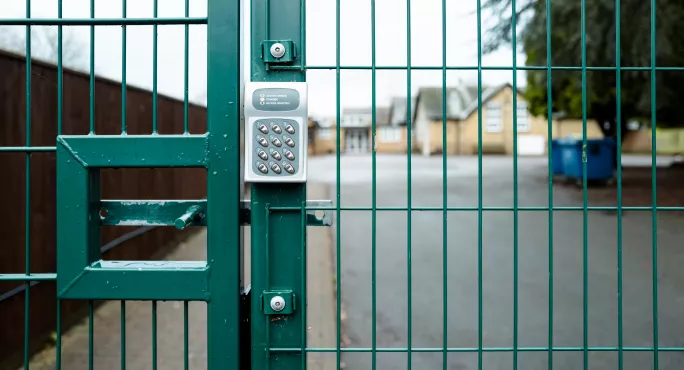Covid: Lack of attendance data ‘deeply troubling’

Today’s school absence data is “deeply troubling”, as it masks how Covid continues to “wreak havoc” in schools, headteachers’ leaders are warning.
The Department for Education has released its first attendance statistics since schools were told to stop recording when a pupil is off for Covid-related reasons.
They reveal a slight rise in school attendance between 31 March to 7 April, from 88.6 per cent to 89.1 per cent overall.
The figures for 7 April do not include schools that had broken up for Easter.
However, school leaders say the halting of the collection of any Covid-related absence data means “it is no longer possible to draw any conclusions from these attendance figures as to what the Covid situation really is in schools”.
On the last date that Covid-related pupil absence data was collected (31 March), the figure had fallen slightly to 178,800 (2.2 per cent), although the DfE acknowledged the numbers could have been impacted by lower levels of testing.
- Covid: Doubling in absence due to partial school closures
- Exams: Heads fear Covid-free students could miss exams
- GCSEs 2022: Crisis fears over invigilator shortage
- Covid: DfE no longer monitoring Covid-related pupil absence
Responding to today’s figures, Paul Whiteman, general secretary of the NAHT school leaders’ union, said that the changes to the data collection were ”deeply troubling” and “ill-advised”.
He also said the move was “symptomatic of the government’s wider attempts to try to just pretend that the pandemic is over”, adding that the ”‘living with Covid plan’ is increasingly looking like an ‘ignoring Covid plan’”.
The new DfE data also omits the number of students absent from open settings due to attendance restrictions, such as partial closures.
This means it is difficult to know to what extent Covid is forcing schools to teach pupils remotely instead of on-site.
The number of pupils absent due to attendance restrictions caused by a Covid outbreak or “exceptional circumstances related to Covid” was 34,300 on 31 March - a number that had doubled in a fortnight.
Workforce absence remains high
Despite a fall in the number of teachers and school leaders absent for any reason on 7 April, schools were still missing more than 8 per cent of their workforce.
And almost one in five (20 per cent) of state-funded schools still had more than 15 per cent of their teachers and school leaders absent for any reason on 7 April.
Nearly half (46 per cent) of schools had up to 5 per cent of their teachers and school leaders absent for any reason.
The DfE stopped collecting the reasons for the absence of workforce staff from schools from 7 March this year.
The updated government guidance was previously branded “frustrating” and “contradictory” by leaders.
Mr Whiteman said today that the change in recording absence reasons for pupils ”makes very little sense”, and will mean “less information” about why pupils are absent from school.
He said the “lack of up-to-date information also raises serious questions about the government’s ability to respond quickly” in the event of a rise in cases or a new variant in the future.
“School leaders feel they have been abandoned,” he added.
Geoff Barton, general secretary of the Association of School and College Leaders, questioned the value of the DfE data after the changes.
He said: “It is increasingly difficult to see the value of the government continuing to produce attendance statistics about the impact of Covid when it has removed free testing for both staff and pupils, which was a crucial means of being able to tell whether or not staff and students have the illness.”
‘Major concerns’ about this term
Covid-related absence among both staff and students was “still a huge problem in a number of schools before Easter”, he said, adding that “leaders have major concerns about ongoing disruption as we begin the summer term, with important exams for many pupils just a matter of a few weeks away”.
Mr Barton pointed to the fact that almost a fifth of schools had more than 15 per cent of their teachers absent.
“It is very clear that Covid is continuing to wreak havoc and it is hard for schools to operate under these conditions,” he said.
You need a Tes subscription to read this article
Subscribe now to read this article and get other subscriber-only content:
- Unlimited access to all Tes magazine content
- Exclusive subscriber-only stories
- Award-winning email newsletters
Already a subscriber? Log in
You need a subscription to read this article
Subscribe now to read this article and get other subscriber-only content, including:
- Unlimited access to all Tes magazine content
- Exclusive subscriber-only stories
- Award-winning email newsletters
topics in this article



